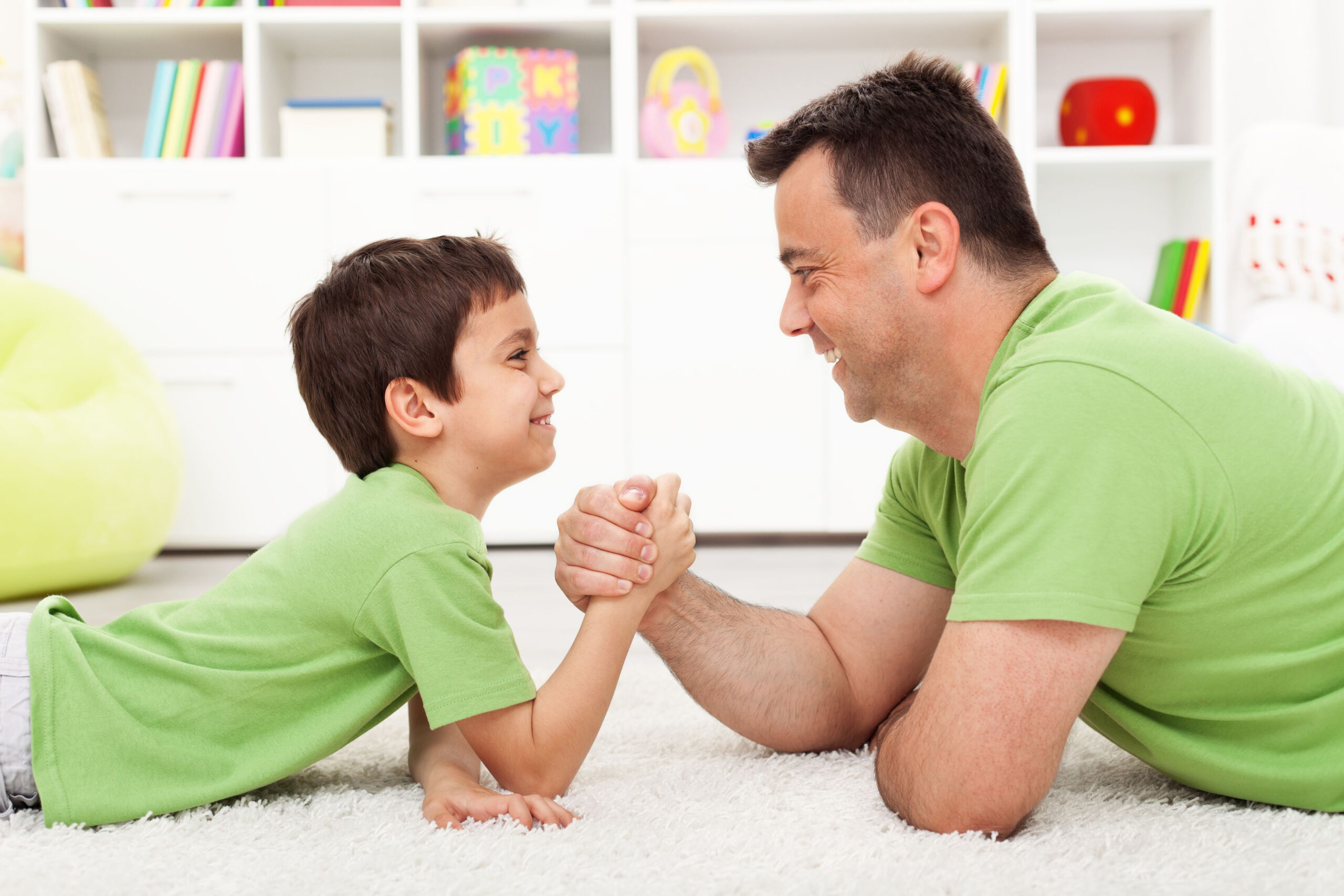
Kids have problems. It’s a fact of life. Teaching them how to solve them on their own, is one of the greatest gifts you give them. If you try to solve their problems, you are creating a lot of headaches for yourself. More importantly, you are denying your child important learning opportunities. Teens who perceive that they can solve problems, tend to make safer choices during adolescence. If you’ve been giving your kids unsolicited advice or just giving solutions when asked on a regular basis, your child will then turn to their peers for solutions when they reach adolescence. That will be a risky proposition for kids who don’t believe they can create solutions to their problems.
Understanding when a problem belongs to a child to solve and when it requires adult intervention is crucial. An important first step is to determine which problems belong to your child and which are yours to solve. Sometimes, especially when kids are teens, problems may be shared between you and your child. So how can you tell the difference?
Ask yourself 3 questions:
If the answer is NO to all 3 questions, the problem belongs to your child to solve. If the answer is yes to any of the questions, the problem is yours to solve or in some cases, may be a shared problem. Discerning who owns a problem clearly depends on understanding your child’s developmental stages and capacities.
The next step in supporting your child’s problem solving skills is to learn how to respond in helpful ways. If the problem belongs to you, effective communication and sometimes positive discipline will be the best responses. If the problem belongs to your child, you may need to learn to step back once you determine that your child owns any given problem. Sometimes you don’t have to do anything about the problem. If the child comes to you with their issue, responding with active listening can go a long way:
Looking for More Support?
Questions? Email us at solutions@peaceathomeparenting.com
And now for the shameless plug…
Don’t have a Peace at Home Parenting Portal? Let’s fix that. Ask your company, school, or favorite neighborhood group to join us. We’ve got Corporate, K-12 School, and Family Service programs that bring calm to the chaos—no yoga mat required. Click here to join as an individual or family.